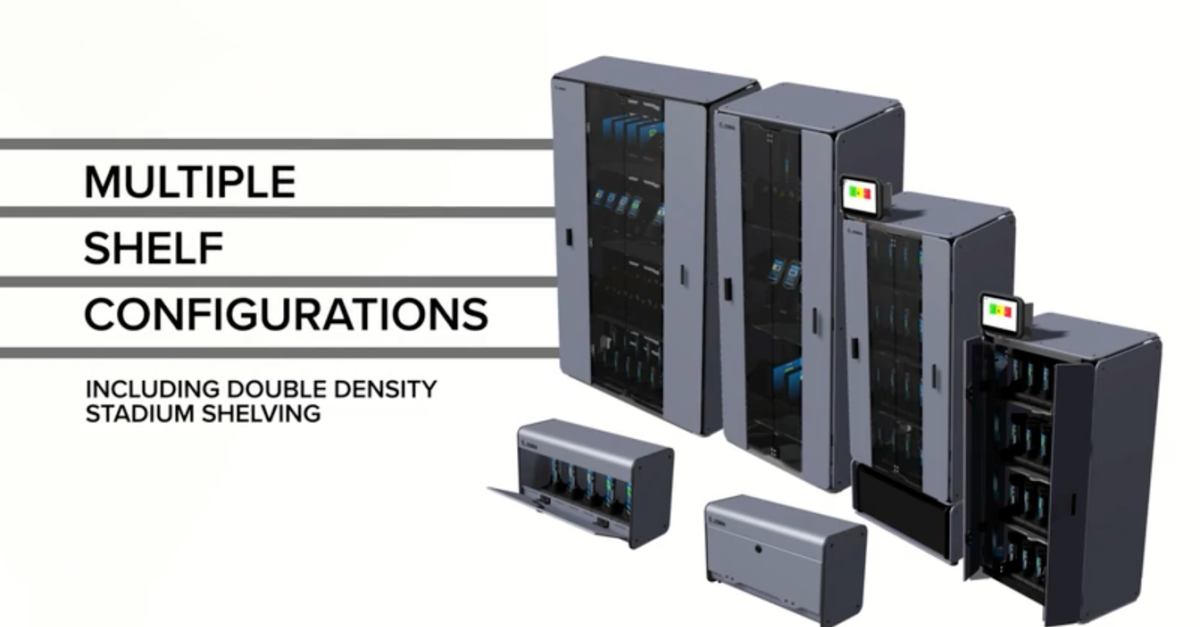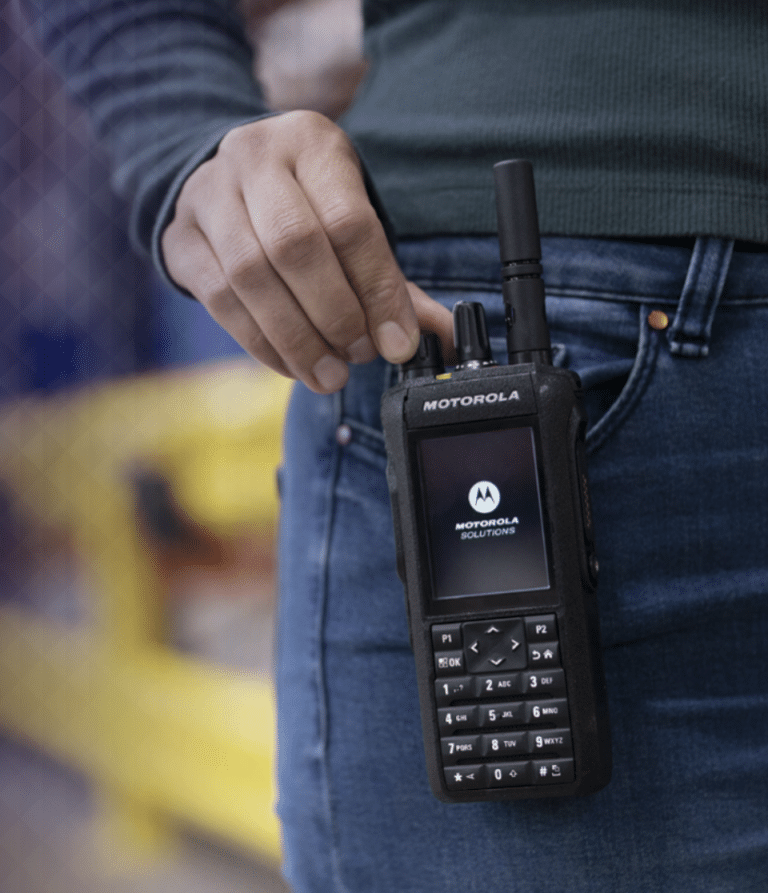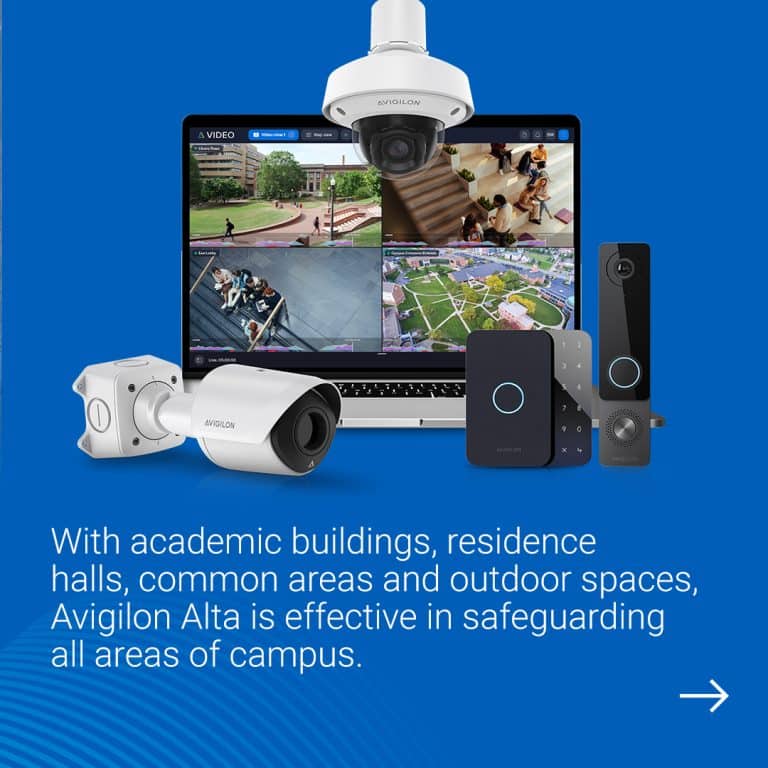Accessories to go along with your two-way radios and other hardware investments are more than just bells and whistles. Many are specialized tools designed to help you do business better.
Complete Your Investment
Accessories give you the opportunity to customize your hardware devices for your exact needs. They’re available for most common mobile devices with two-way radios leading the pack. Everything from listening aides and microphone enhancements to batteries, chargers, antennas and cases are readily available but which ones will actually help you do your job better?
“You’ve already invested in hardware devices and you want to get the best return on that investment,” says Mike Markham, Commenco’s Director of Technology Solutions. “Certain accessories can help you do that and they deserve careful consideration.”
Most commercial two-way radio purchases include a few basic accessories right off the bat. Buyers typically opt for an earpiece or maybe a remote microphone that can be fastened to a lapel for easy use. Remote mics are now standard for many police officers and security professionals who constantly need to use their radios. The devices can be hard-wired directly into a radio and Bluetooth options are available as well.
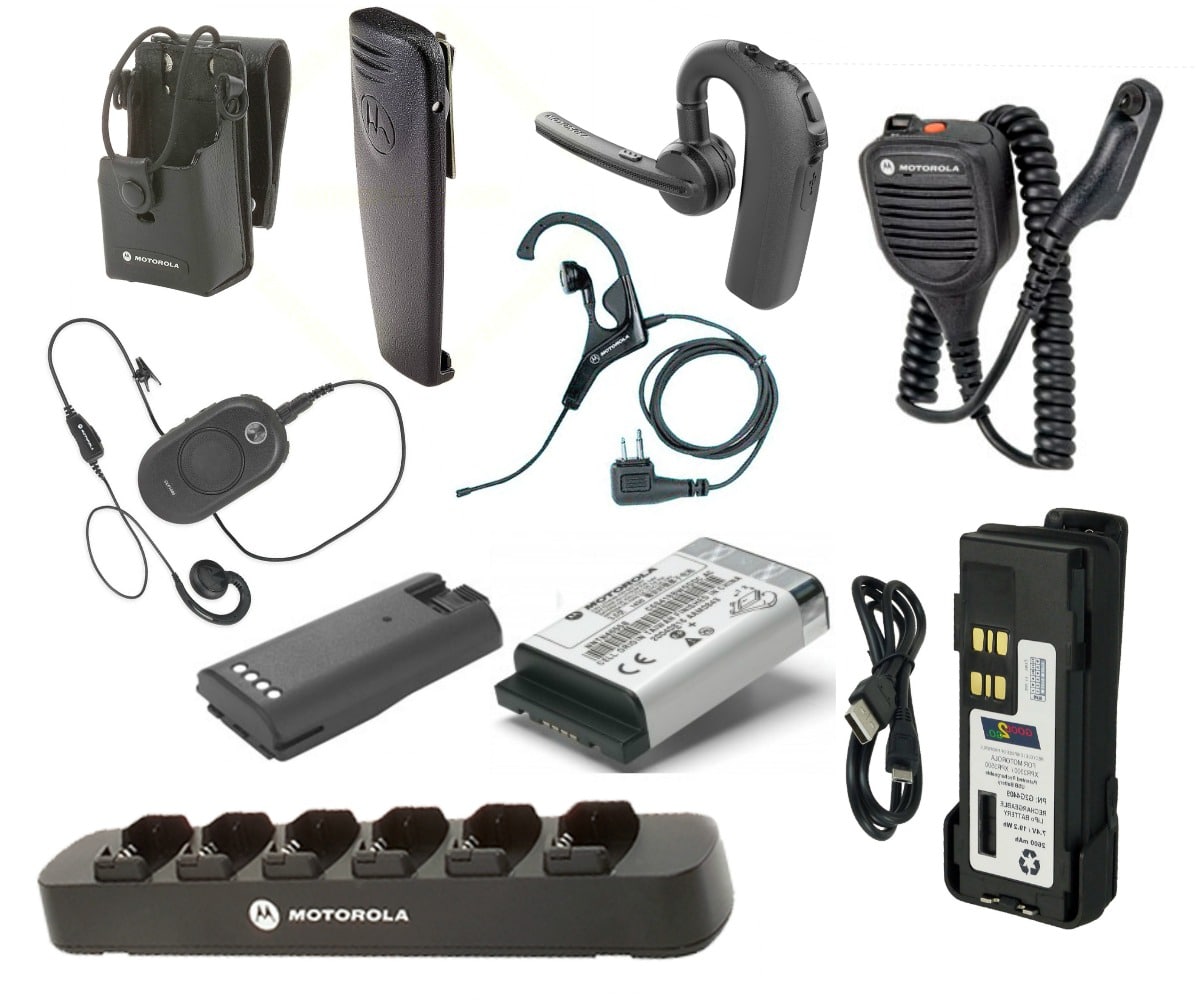
Spend a little time browsing accessories and you’ll discover no shortage of possibilities. How do you know what’s truly useful versus what just catches your eye?
Markham says much like the selection of hardware tools themselves, accessories should be evaluated for their potential to help workers stay on task and achieve company goals.
“How exactly do workers use their devices? Which accessories might improve that specific experience?”
If you’re working in an industrial setting, on a construction site, at a concert, or in another type of loud environment, an earpiece or headset that pipes audio directly into your ear while blocking irrelevant noise is essential for the job.
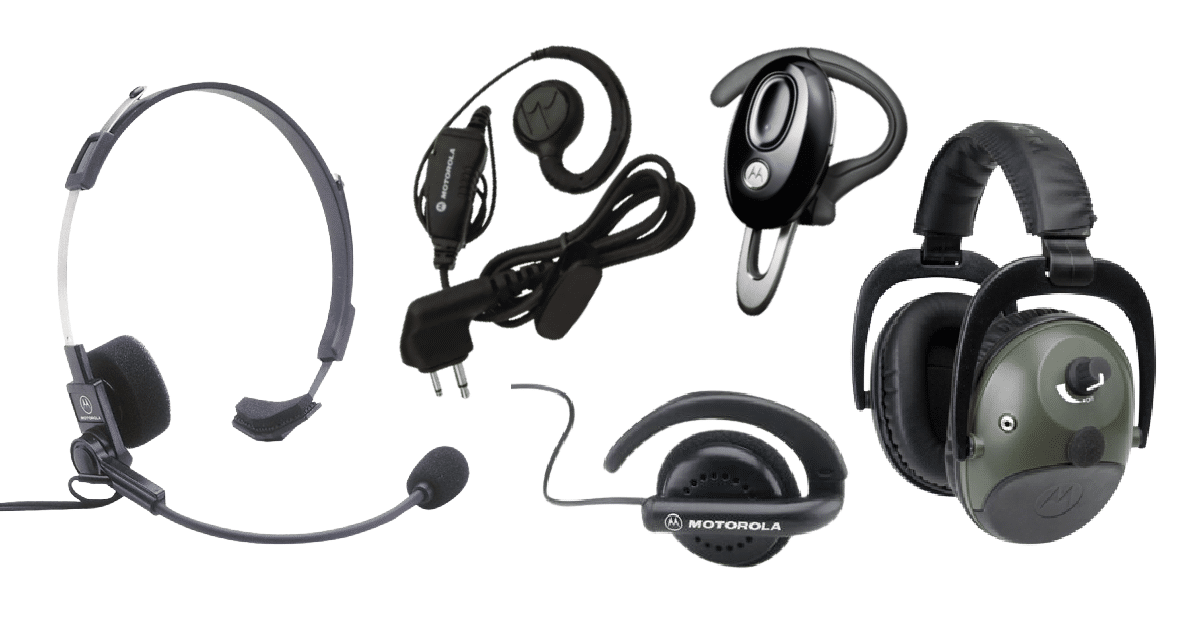
On the flipside, in-ear accessories can be a good match for especially quiet environments where a radio’s built-in speaker may be too loud and inappropriate. This type of earpiece is perfect for security staff and those working inside quiet offices, formal events, or in a museum setting.
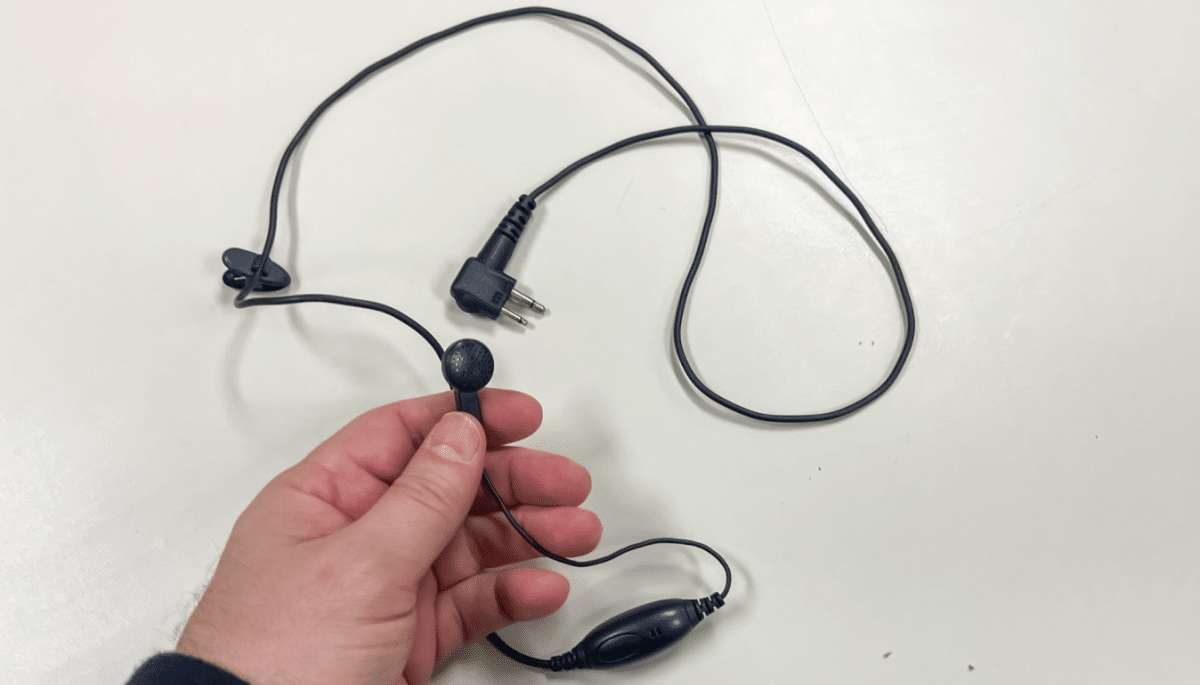
Can you get by with standard antennas or do you need antennas that work harder across distances and challenging landscapes to connect signals?
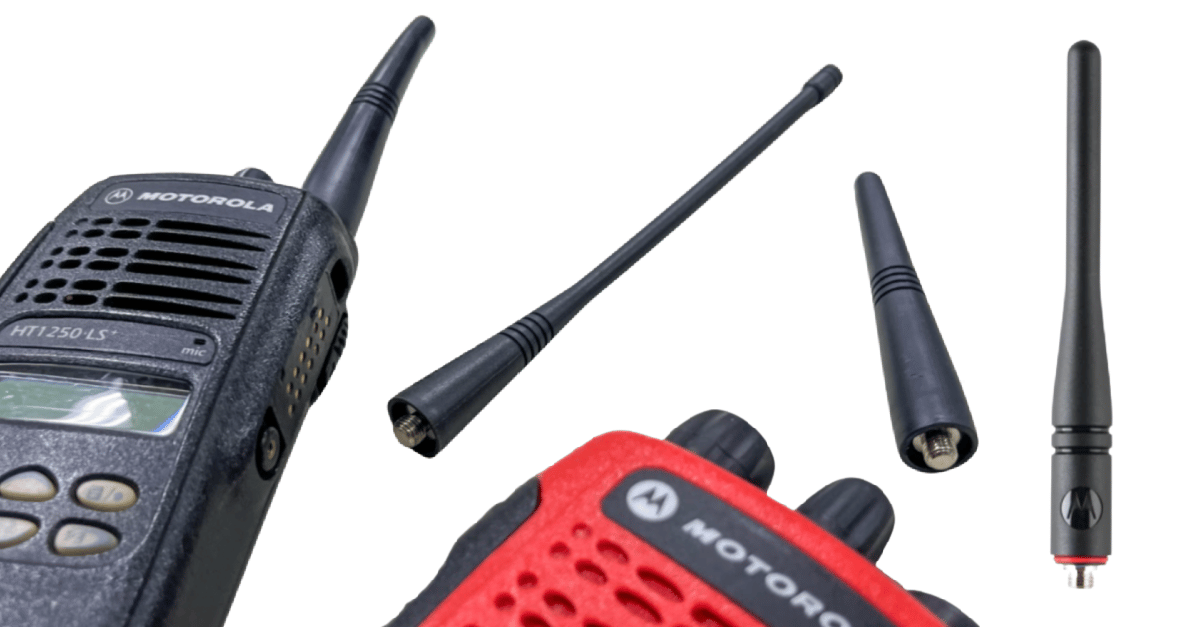
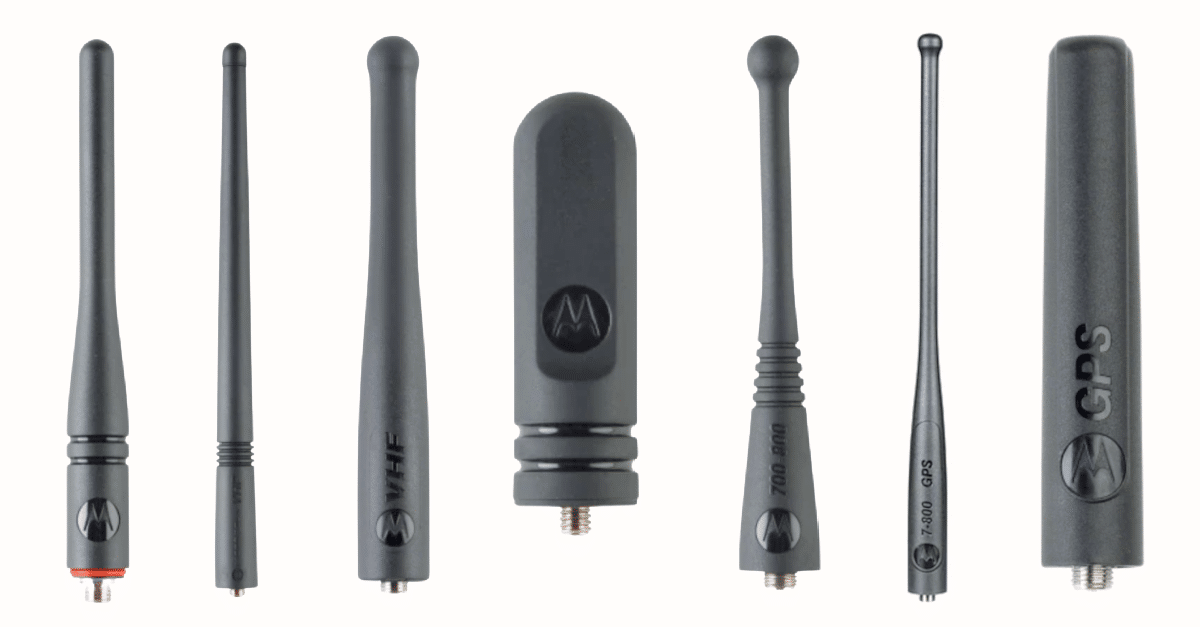
And what about a case? While commercial radios are known for durability, extra protection may be handy in temperature extremes and other harsh environments. Cases can also give you more flexibility in how devices are carried or strapped to your body.
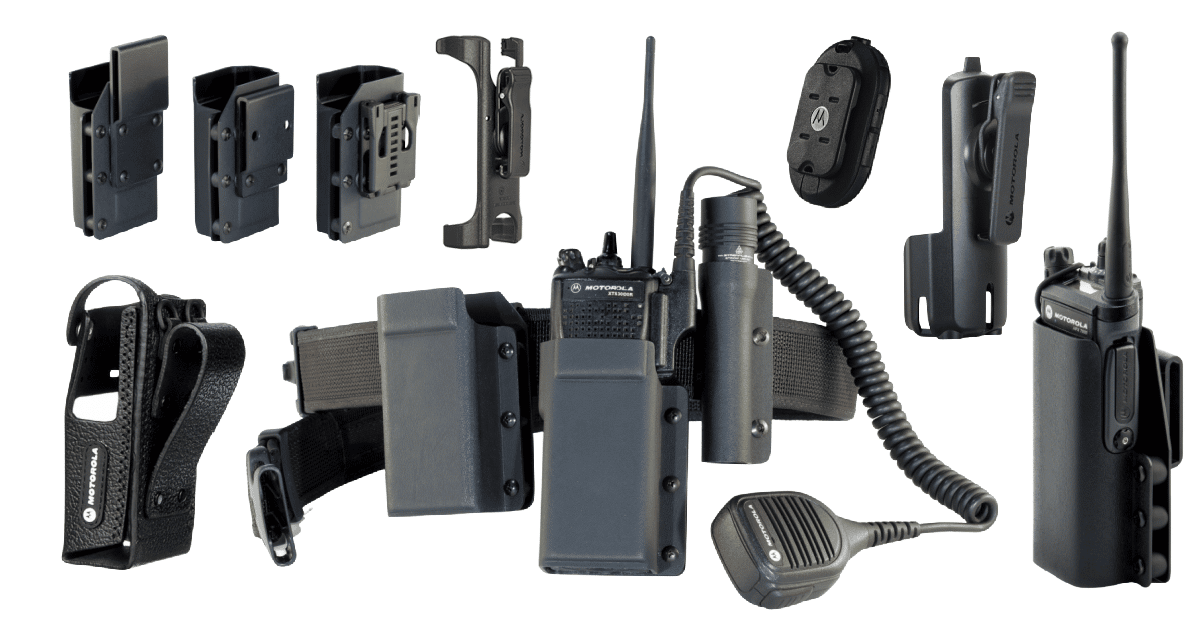
Batteries and Chargers
Your device is only as good as its battery and that makes power management a big priority. You don’t want dead batteries slowing down operations and if you’re constantly running multiple devices, a good charging strategy prevents time-wasting and downtime.
Two-way radios come with rechargeable batteries that may be charged, used, and recharged many times before they wear out. How many times you can charge and recharge a battery before it no longer holds a charge depends on how the radios are used, how often they are serviced, and how they are stored.
Energy is also easily drained from batteries that sit dormant for long periods of time, especially in undesirable temperatures. You might think you have plenty of power but that may not be the case.
Having extra batteries, higher capacity batteries, and rugged, durable batteries on hand keeps your devices working when batteries are down.
Chargers can be as simple as a single unit for each device or as elaborate as dozens of slots for simultaneous use.

A smart plan for the efficient use of batteries and chargers will stretch the life of your batteries and that means less frequent spending on replacements.
“Power management is a more important responsibility than you might think,” explains Markham. “We get requests all the time for battery and device replacements and oftentimes, better management of the hardware could have reduced or prevented the need for a replacement purchase.”
For companies using barcode scanners, RFID, and mobile computers, intelligent cabinets offer a new solution to the problem. These high-tech shelving systems are capable of issuing, tracking, charging, and managing all of your devices.
“The software inside intelligent cabinets keeps devices charged properly and flags weak batteries. They can even deliver firmware updates overnight when not in use.”
Key Support for Warehouse Work
From manufacturing and production to storage, fulfillment, and distribution, handheld hardware is a way of life in warehouse settings. Scanners, two-way radios, and other mobile computing devices must keep up with workers walking across thousands of square feet of warehouse space every day. Markham says it’s the kind of environment where holsters can make the difference between working efficiently and wasting a lot of valuable time.

“You’ve just finished scanning some barcodes and you lay your device down for a minute to shift some boxes. Then you move on and forget your device is still there. You eventually realize you left it behind but can’t remember where. It happens all the time.”
The more time workers spend crisscrossing the floor gathering tools and retrieving fresh batteries, the longer work takes to complete. A simple hip holster accessory can prevent these common problems from cutting into a productive workday.
Warehouse work is becoming more focused on being mobile with hands-free efficiency. Markham says it’s not just about having a wearable device. It’s also about having the tool available for use at the exact moment it’s needed.
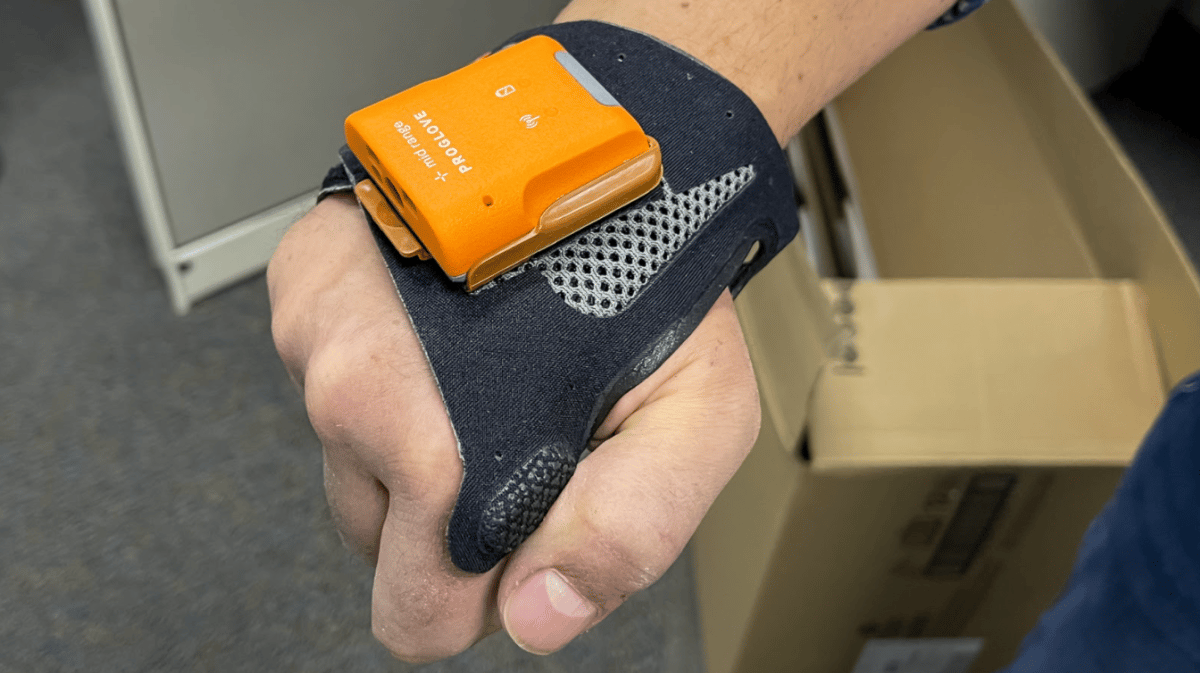
“You’ve got situations involving workers stationed along a conveyor belt or precisely positioned to process things like labels or boxes. Scanners can hang in a holster right above them for quick access and we put them on retractable lines so workers can pull them down whenever they need them.”
Industrial mobile workstations are also a great way to keep workers mobile.
Mobile workstations have become more sophisticated, especially when it comes to customization and power,” says Markham. “They can be set up with laptops, tablets, printers, scanners, and other technology equipment, and they have the ability to keep devices operating without interruption through the workstation’s built-in battery.”
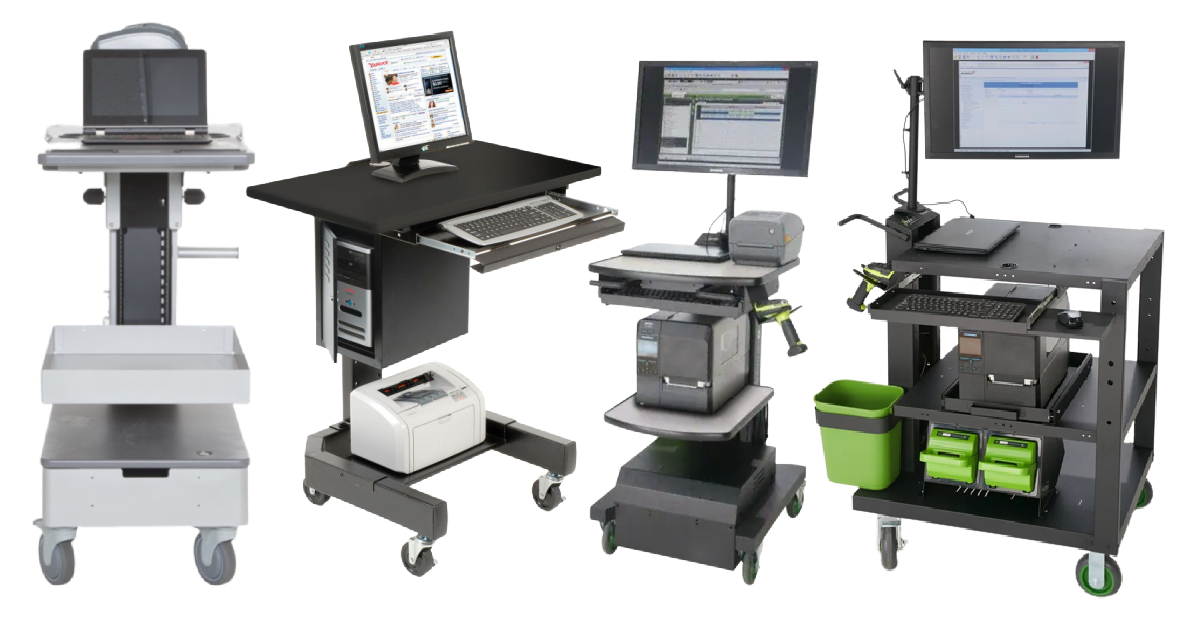
Valuable Vehicle Amenities
Accessories attached to vehicles keep your operations mobile, especially inside forklifts where equipment can easily be left behind, fall out, and even accidentally get run over. Markham says it happens more than most want to admit.
“A forklift operator might grab a scanner for a quick task and then stick it behind their seat. They forget about it and zoom off, take a sharp turn and the device goes flying off. They don’t hear it because it’s loud in the warehouse. They move on and suddenly need the device again but have no idea where they left it. In the meantime, another forklift has run over it.”
Imagine the replacement costs when that happens over and over again.
“Something as simple as a forklift-mounted holster can make all the difference in the world,” says Markham.
“Mounted forklift accessories limit distractions and accidents,” says Markham. “You’ve got people driving heavy, powerful machines all day long, and keeping them focused is critical for safety. Many accessories are designed to keep the operator’s view unobstructed while still being easily accessible at the same time.”

Devices mounted to forklifts can be connected to the forklift’s power source, reducing or even eliminating worries about keeping each device powered up separately.
“Depending on your particular warehouse operation, that can be a game-changer in terms of productivity,” says Markham. “You can run devices off a forklift battery or even attach them to the propane system so they continuously charge while you work.”

Investigate What Works for Your Business
A little accessorizing can go a long way toward a more efficient business, however, the outcome you hope to achieve from a specific accessory should be clear before you buy.
“It really pays to partner with someone who knows what you need and how to get it at the right price,” says Markham. “It’s much easier to choose the right accessories for your organization when you know all the options available.”
Want to see how a particular accessory works?



